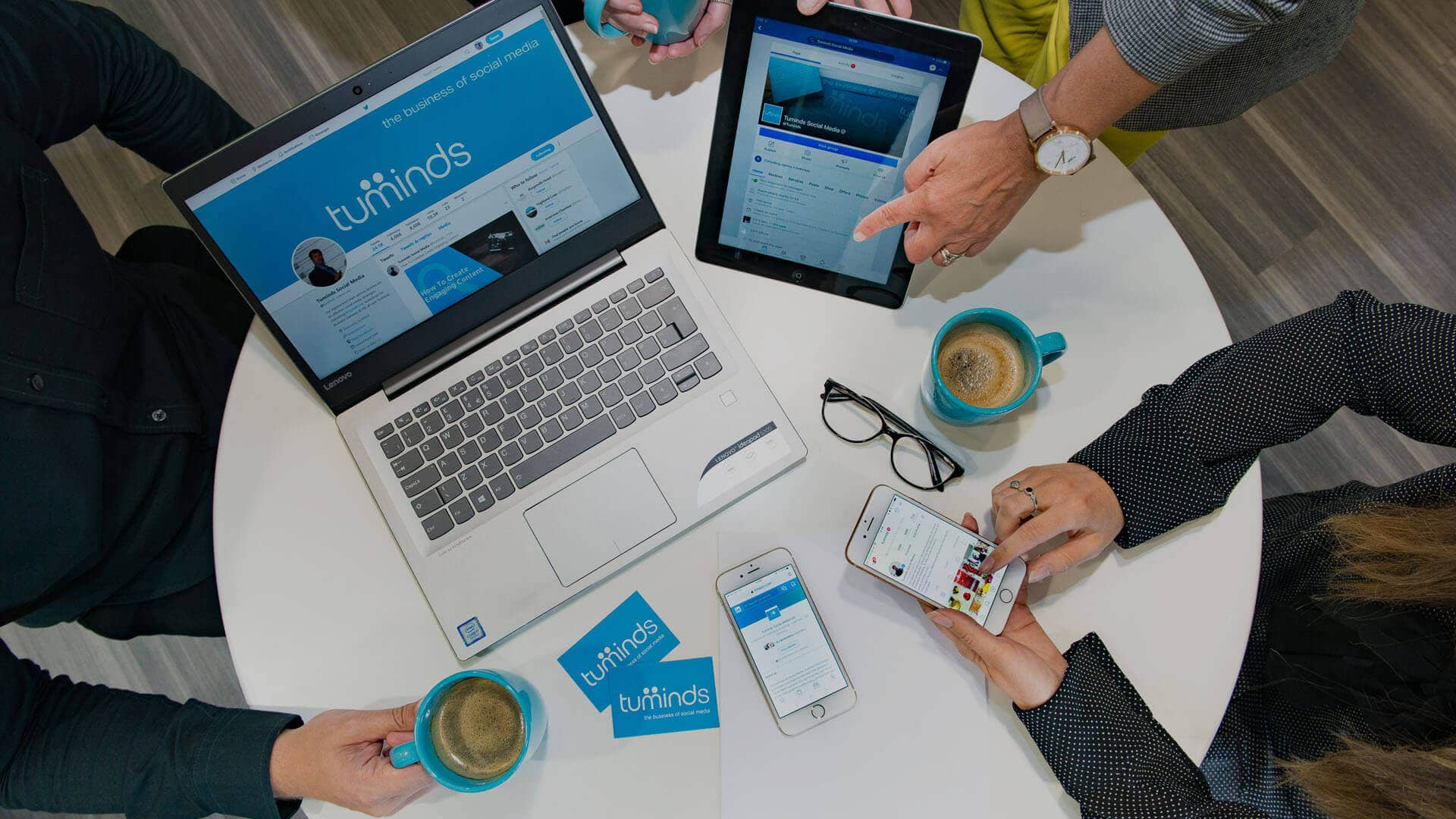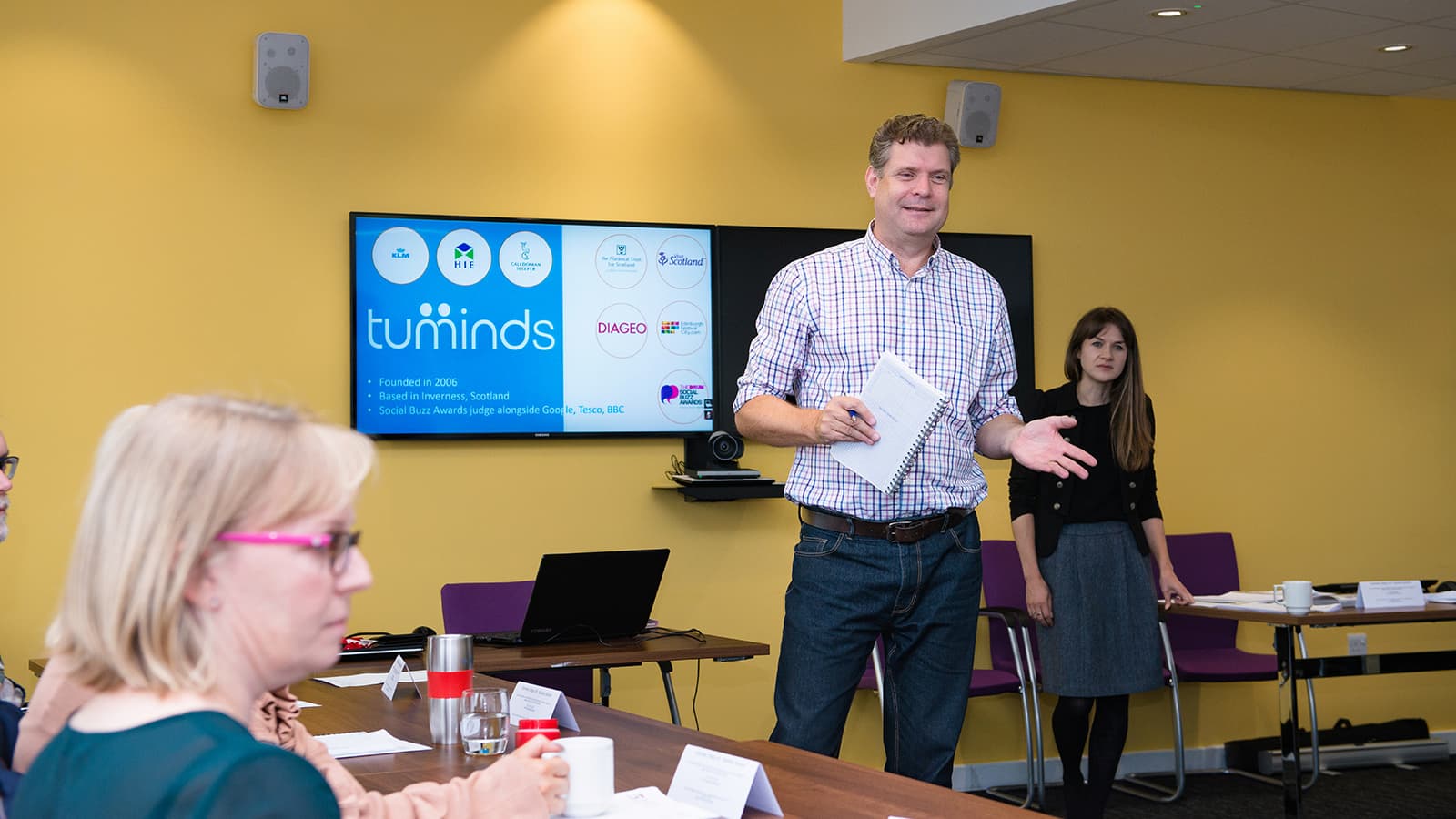Why we Use LinkedIn and When Should we Use it?
Like all other communication platforms, online and offline, the best place to get results for your business is knowing where to have the right conversation with the right audience. In this case, LinkedIn is the place for all your business conversations, it’s not the place to be talking about the amazing meal you had last night, or what your pet did.
In terms of Social Media, LinkedIn is the place for professional conversation and connection.
Why
More and more people, 15 million people in the UK now, are connecting with LinkedIn because they are seeing the benefits of a communication tool that puts them in touch with the right people. And, I emphasise ‘People’, because you can use LinkedIn to find not just the right business to work with or cultivate as a lead, but precisely the right person.
In an age where company websites vary from style and information, LinkedIn is the most convenient way to find out the right person to approach with your enquiry conveniently. Do you need to speak to head of sales, well what if their name and contact information isn’t available through their company website, then head over the LinkedIn, search for the company and see which of their employees are connected to the page and scroll down the list to seek out the head of sales.
We all lead busy business lives, so making sure you can speak to the right person, with the right decision-making power is crucial to efficiency.
Of course, there are lots of other advantages to being on LinkedIn:
- Promote yourself and your business
- Promote your knowledge and experience
- Research other people and businesses
- Connect globally with people and businesses
- Carry out competitive and market research
- Keep up to date with industry, sector and professional news and developments
- Maintain and build new relationships.
LinkedIn is a fantastic platform regardless of the size of your business. It works for the mega-corporations as well as the individual freelancers. Once again, social media provides a level playing field for you to promote and compete for business.
B2B or B2C
For many, it’s perceived that this is the platform for the business to business sector, for those of us who create and produce services and products for other businesses, not to customers. And, to an extent they are right. It is the best place, after Twitter, to create relationships and look for work in the B2B world.
However, don’t underestimate the power of LinkedIn for the business to customer sector. This can be encapsulated in two ways:
- Other business professionals could be your customers too. We don’t segment our brains into the thinking of ‘I am on LinkedIn, I will only absorb information related to my job’, with a feed full of interesting updates and articles, it would be contrary to human behaviour not to be tempted by something that interests us personally. Which is perhaps why there are personal trainers on LinkedIn, professionals still need exercise, their business might not, but the employees might be considering it. It’s about being present at the right moment, with the right message for the right audience.
- Some of us with B2C businesses offer corporate services. The accommodation industry is a perfect example of this, every hotel, B&B or self-catered accommodation is suited to a business professional on work in your area. If you’re on LinkedIn and offer tailored messages to professionals about your accommodation, they might just take you up on that offer. If you don’t, could you be missing out on trade? (P.S Business travellers tend to be great repeat customers if they really like what you offer).
Types of Businesses who should be on LinkedIn
There isn’t a single business type that we can think of that shouldn’t be on LinkedIn. It seems obvious for some businesses to be on the network, anyone who has to network with other professionals for instance, or is a B2B business. But here are a couple that you might not have thought about:
- Lifestyle Businesses: we all work to live (some of us live to work, but they still have to live) and what we do in our lives is determined by the amount we earn. So if you’re lifestyle market targets people with specific incomes, then you should be on LinkedIn – however, don’t be using the same messages or approach you’d use on Twitter, Facebook or Instagram. Tailor it to meet your professional audience. For instance, do you sell clothes, make-up or accessories, how about an advice article on the best ways to dress for work this Spring?
- Community, Charity and Social Enterprises: communicating to the business sector is key to all businesses, and that is no different for community groups, charitable organisations and social enterprises. The advantage to being on LinkedIn for these groups: access to people with knowledge, skills and possibly investment. Do you need to attract new board members, are you looking for a sponsorship partner or perhaps you’re looking for investment to get a project of the ground? Using LinkedIn to research the right companies and the right people, could just make your search all the more fruitful.
- Leisure and Recreational Activities: recently we did a workshop where a recreational business (providing agility courses, mountain biking, walking tours etc) were quite convinced that LinkedIn was not for them. However, this is an oversight. Businesses do staff training days, and some of them like to do outdoors activities – so there’s a LinkedIn market. Businesses might want to advise their clients or customers on outdoors or leisure activities – there’s a LinkedIn market. Does your business need investment to develop or a sponsor for an event your running at your recreational centre or leisure facility – well, there’s a LinkedIn market.
When should we use LinkedIn
Timings and frequency, quality versus quantity. These four terms are what determine our success on any platform, and each platform has its own quirks. Unlike Twitter, Facebook and Instagram for instance, LinkedIn is not as popular in the evenings, again being a professional network, people are most often (but not all) on LinkedIn during the working day.
Timings: Post Mondays to Fridays 9am to 5pm for maximum LinkedIn exposure, if you’re talking to an audience in the same time zone as you are. Working with people from other parts of the world, and you will need to factor in how many hours ahead or behind they are.
Frequency: When you’re starting out posting, once to twice a week is more than enough. It’s better to share something that is actually useful, insightful and offers something tangible to your followers. If it’s a post for the sake of posting, then don’t hit ‘update’.
Quality: Like all other social networks, LinkedIn posts are more successful if you have a good graphic, photo or video to accompany your text. Do not share the same messages to LinkedIn as you would Facebook or Twitter; the quality of your posts will be in the language and tone you use for this professional audience.
Quantity: Don’t overwhelm your LinkedIn account with all the messages you send to Facebook and Twitter. It’s far better to post consistently; once a week, once a fortnight, once a month etc, than it is to bombard your company page with updates every few hours.



